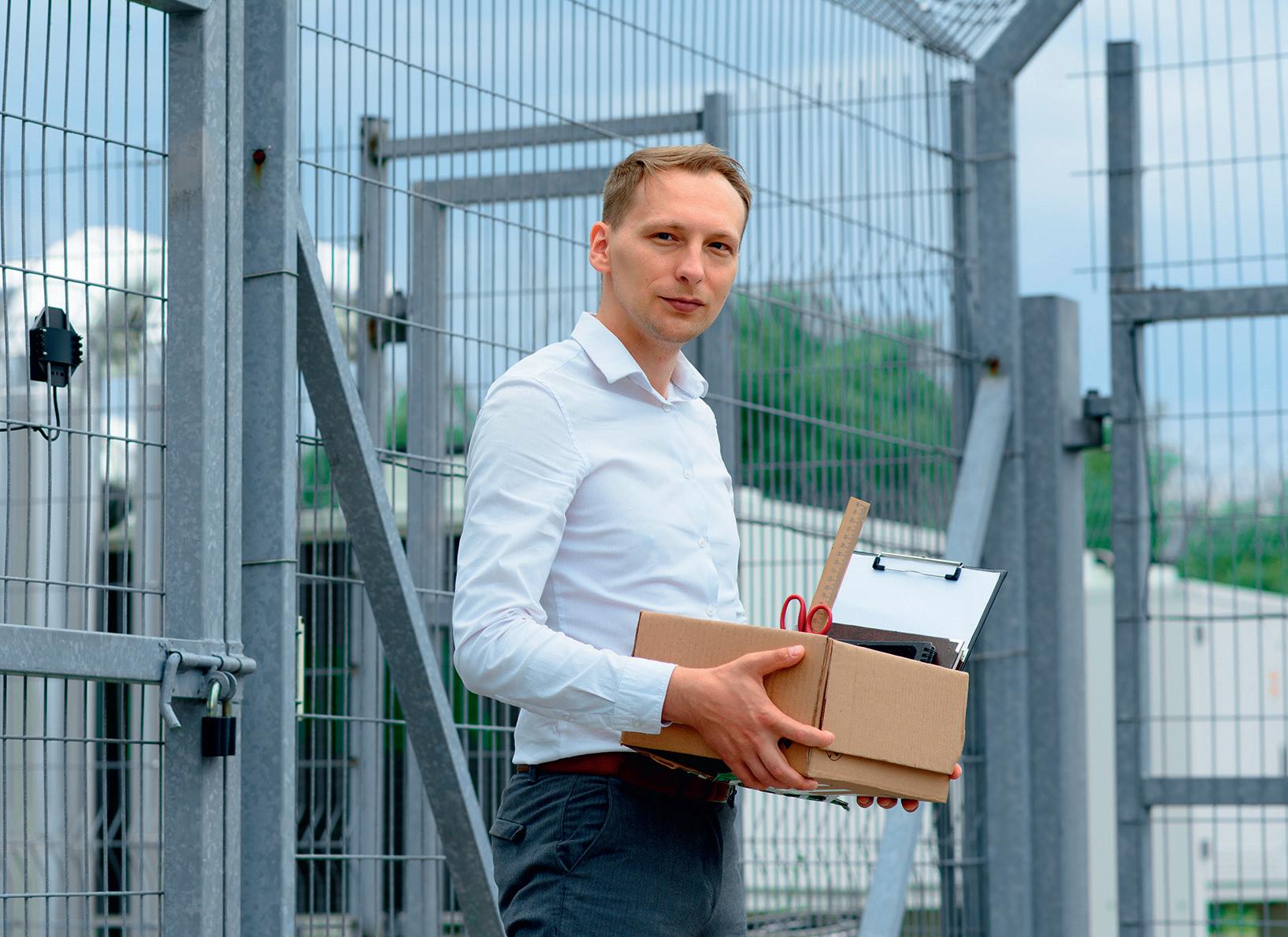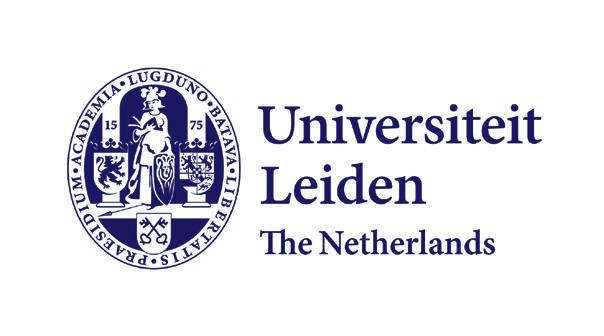Life course research on formerly incarcerated men

Worldwide, at least one third of released individuals return to prison within two years. We spoke to Dr Anke Ramakers about her work in analysing the life courses of a large group of released prisoners in the Netherlands. She aims to gain deeper insights into the role of employment during prisoner re-entry into society and its relationship with reoffending.
While released prisoners often express a strong desire to get a job and confidence in their ability to do so, the figures tell a different story. “Most released prisoners are not able to find employment. I’m trying to look at the underlying reasons behind this,” outlines Dr Anke Ramakers, an Assistant Professor in the Department of Criminology at Leiden University. This research involves analysing data gathered on a group of prisoners prior to their incarceration, during it, and up to five years following release. These individuals participated in the HYPERLINK “https://www. prisonproject.nl/”Prison Project, a unique longitudinal and nationwide effort to collect longitudinal interview and administrative data among male pretrial detainees.
Role of employment
Dr Ramakers is now analysing these data, looking to gain deeper insights into the reasons behind the low employment rate.
“When you only distinguish between people who are working and who aren’t, you are not really understanding the problem,” she says.
The aim is to probe the different reasons behind joblessness among ex-prisoners, for example whether they are not allowed to work, are unable to, or simply lack the desire to find employment, which could then inform policy.
While in some countries the stigma of a criminal record is a major barrier to finding a job, Dr Ramakers says this is less of an issue in the Netherlands. “Criminal history is not accessible to everyone, potential employers don’t automatically have access to this information and most do not request employees to hand over a certificate of conduct. A lot of the individuals concerned report that they are actually pretty open about their criminal past. Some individuals may be inclined to withhold such information in order to increase their chances of gaining employment, but this stigma management does not affect their employment prospects.
“When I compare people who are open about their criminal records to people who aren’t I don’t find significant differences in employment outcomes,” continues Dr Ramakers. “What seems more important is
Reducing re-offending
The wider backdrop to the project is concern over re-offending rates and a desire to bring them down, which would bring significant social and economic benefits. To this end, Dr. Ramakers examines if labour market integration matters for reoffending. Most prior studies used somewhat crude measures of either employment or unemployment. This does not match the more complex reality; workers can end up in a wide range of jobs and non-workers can spent time trying to find a job, but can also be disabled or in school. One take away from Dr. Ramakers’ international research collaborations is that type of job and type of non-employment matters. For instance, stable employment is associated with lower offending rates, while informal work is associated with higher reoffending rates. The findings underscore the importance of a clear definition of labour market status in research and policy that aligns with the actual experiences of these individuals

The project’s research could help policymakers target resources effectively. With her research Dr. Ramakers hopes to contribute to the development of knowledge-based, realistic policies. Here she mentions the
often disappointing effects of ambitious (employment-related) re-entry programs. Her research sheds light on alternative strategies that might be more effective. In a related avenue of research, Dr Ramakers intends to investigate the question of the areas of the job market in which formerly incarcerated men are most likely to find a job. “It doesn’t seem like a difficult question but we don’t really know the answer at this point,” she acknowledges.
The idea is to ensure that any educational or occupational courses a prisoner undertakes while behind bars are aligned with their own experience and potential job opportunities once they are released. “I want to look at how they use the new knowledge they have gained when they return to society,” says Dr Ramakers. Too often policies and interventions are developed but not properly evaluated over a longer period of time. Dr. Ramakers encourages such evaluations in combination with a broader study of the life course of individuals who have been involved in the criminal justice system. Currently, we do not make optimal use of the available information, but life course research can reveal more alternative pathways towards post-release success.
In A job, out of tRoubLe?
Causes of joblessness after imprisonment and the consequences of employment outcomes for post-release reoffending Project objectives
Common belief and criminological theories suggest that employment can lower reoffending, and policy efforts should be directed towards connecting ex-prisoners to jobs. Yet, there is hardly any research among formerly incarcerated individuals that tests whether employment is feasible for this serious offender group and whether and why employment can represent a turning point.
Project funding
This work was financially supported by a grant from the Netherlands Organization for Scientific Research (451-17-020).
Contact Details
Project Coordinator, Anke Ramakers Assistant Professor of Criminology Department of Criminology, Leiden University Kamerlingh Onnes Building Steenschuur 25, 2311 ES Leiden t: +31 71 527 7362 e: a.a.t.ramakers@law.leidenuniv.nl W: https://www.universiteitleiden.nl/en/ staffmembers/anke-ramakers#tab-3



Apel R. & Ramakers A.A.T. (2018), Impact of incarceration on employment prospects. In: Huebner B.M. & Frost N.A. (red.), Handbook on the Consequences of Sentencing and Punishment Decisions. ASC Division on Corrections & Sentencing Handbook Series nr. 3. New York: Routledge. 85-104.
Ramakers A., Aaltonen M. & Martikainen P. (2020), A closer look at labour market status and crime among a general population sample of young men and women, Advances in life course research 43: 100322. Nguyen H., Kamada T. & Ramakers A. (2020), On the Margins: Considering the Relationship between informal work and reoffending, Justice Quarterly 39(2): 427-454. Ramakers A. (2020), Geen VOG, geen werk? Een studie naar VOG-aanvragen en werkkansen na vrijlating, Recht der Werkelijkheid 41(1): 8-24.
Ramakers A.A.T. (2022), Secrecy as best policy?: Stigma management and employment outcomes after release from prison, British Journal of Criminology 62(2): 501-518.

whether you’re physically and mentally able to work and your level of experience.”
A significant proportion of released prisoners did not have a job before they were imprisoned and struggle to find one afterwards, yet they still of course need to make ends meet. Without a steady, reliable income from formal employment, many exprisoners tend to get by through ‘packaging’ their income from several different sources, a new perspective Dr Ramakers is exploring in the project. In many cases ex-prisoners don’t make ends meet through formal employment, but rather through combining income from different sources, such as public assistance, informal work and illegal activity.
Public assistance is a stable source of income for many formerly incarcerated men. An increasing literature indicates that the ‘safety net’ improves outcomes for individuals who have been involved in the criminal justice system and society at large. Public assistance is typically not regarded as an aspect of integration, certainly not in the same way as
employment. Receiving benefits can be seen as a sign of failure and a work disincentive. Dr. Ramakers posits a different view, especially for the individuals who are the focus of attention in this study. As many of them wish to remain out of sight of the government and are unlikely to end up in stable employment, “A willingness to turn to the social safety net could be viewed as a possible sign of re-entry success, and steady income can weaken the temptations of illegal income ” she says. Dr. Ramakers therefore encourages re-entry policies that look beyond employment.
Dr. Ramakers studies the re-integration of criminal justice involved individuals, with a specific focus on income-related questions. She is Assistant Professor of Criminology at the Institute of Criminal Law and Criminology at Leiden University. Part of her research concerns the relationship between (non-) employment and crime. She also examines the effects of imprisonment and social policies on employment and crime.
A willingness to turn to the social safety net could be viewed as a possible sign of re-entry success, and steady income can weaken the temptations of illegal income.Dr Anke Ramakers
